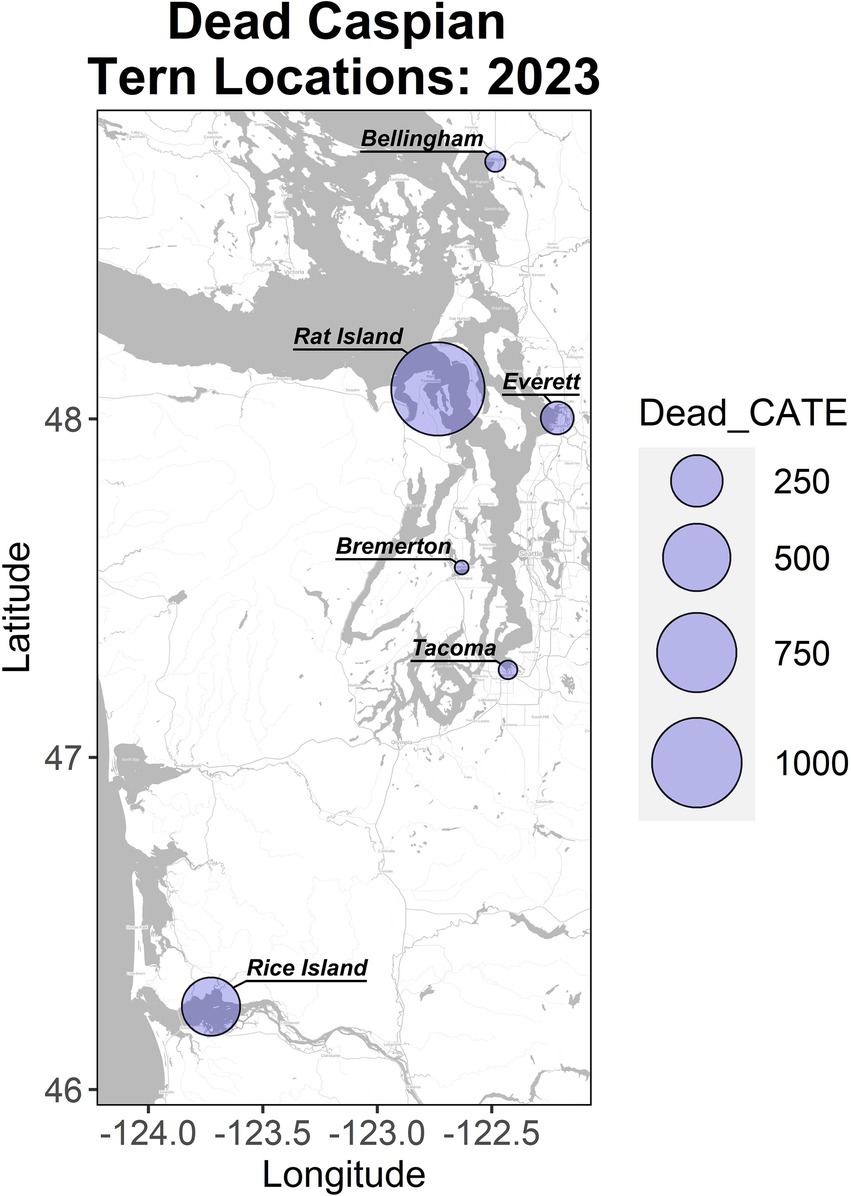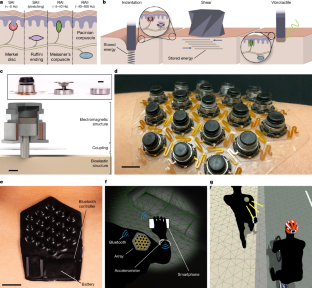2024-11-06 ワシントン州立大学(WSU)
<関連情報>
- https://news.wsu.edu/press-release/2024/11/06/washington-coast-avian-flu-outbreak-devastated-caspian-terns-jumped-to-seals/
- https://www.frontiersin.org/journals/veterinary-science/articles/10.3389/fvets.2024.1483922/full
北東太平洋のカモメ、アジサシ、ゼニガタアザラシの間で発生したH5N1高病原性鳥インフルエンザウイルスクレード2.3.4.4bを記録する包括的疫学的アプローチ
A comprehensive epidemiological approach documenting an outbreak of H5N1 highly pathogenic avian influenza virus clade 2.3.4.4b among gulls, terns, and harbor seals in the Northeastern Pacific
Katherine H. Haman,Scott F. Pearson,Justin Brown,Lauren A. Frisbie,Sara Penhallegon,Azeza M. Falghoush,Rebecca M. Wolking,Brandi K. Torrevillas,Kyle R. Taylor,Kevin R. Snekvik,Sarah A. Tanedo,Ilai N. Keren,Elizabeth A. Ashley,Casey T. Clark,Dyanna M. Lambourn,Chrissy D. Eckstrand,Steven E. Edmonds,Emma R. Rovani-Rhoades,Hanna Oltean,Kristin Wilkinson,Deborah Fauquier,Allison Black,Thomas B. Waltzek
Frontiers in Veterinary Science Published:01 November 2024
DOI:https://doi.org/10.3389/fvets.2024.1483922

Highly pathogenic avian influenza viruses (HPAIV) H5N1 clade 2.3.4.4b continue to have unprecedented global impacts on wild birds and mammals, with especially significant mortality observed in colonial surface-nesting seabirds and in some marine mammal species. In July of 2023 H5N1 HPAIV 2.3.4.4b was detected in Caspian terns nesting on Rat Island, Washington USA. An estimated 1,800–1,900 adult terns populated the breeding colony, based on aerial photographs taken at the start of the outbreak. On a near-weekly basis throughout July and August, we counted and removed carcasses, euthanized moribund birds, and collected swab and tissue samples for diagnostic testing and next-generation sequencing. We directly counted 1,101 dead Caspian tern adults and 520 dead chicks, indicating a minimum 56% loss of the adult colony population and potential impacts to reproductive success. Combining the observed mortality on Rat Island with HPAI-related Caspian tern deaths recorded elsewhere in Washington and Oregon, we estimate that 10–14% of the Pacific Flyway population was lost in the summer of 2023. Comparatively few adult Glaucous-winged gulls (hybrids) nesting on Rat Island died (~3% of the local population), although gull chick mortality was high. Sixteen harbor seals in the immediate or nearby area stranded during the outbreak, and H5N1 HPAIV was detected in brain and/or lung tissue of five seals. These cases are the first known detections of HPAIV in a marine mammal on the Pacific coast of North America. Phylogenetic analyses support the occurrence of at least three independent avian-mammalian virus spillover events (tern or gull to harbor seal). Whole genome sequencing indicated that H5N1 HPAIV may have been introduced to Washington from Caspian terns in Oregon. Ongoing monitoring and surveillance for H5N1 HPAIV in the marine environment is necessary to understand the epidemiology of this virus, assess conservation impacts to susceptible species, and provide support for data-driven management and response actions.


